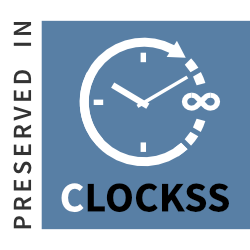Engagement in Mathematical Thinking and the Proficiency Level of Secondary Students
DOI:
https://doi.org/10.7719/jpair.v17i1.280Keywords:
Mathematics Education, mathematical thinking, proficiency level, secondary students, descriptive-correlation design, Tagum City, PhilippinesAbstract
Engagement in Mathematics refers to the strategies to learn mathematics and confidence in the ability to succeed and emotional feelings about mathematics. It plays a vital role in the acquisition of mathematical skills and knowledge by being attracted to their work, persistent despite challenges and obstacles, and they take visible delight in work accomplishments.The purpose of the study was to determine the level of mathematical thinking and proficiency of secondary students of Davao del Norte, Philippines. The other intent of this undertaking was to find out the engagement of the students in mathematical thinking and the achievement of the fourth-year high school students. This study used the descriptive-correlation design. Pertinent data were gathered through the use of questionnaires in assessing the level of achievements of the 163 fourth-year students in Kapalong public secondary schools specifically Capungagan High School, Mabantao National High School and Sua-on National High School. This research employed statistical tools like Analysis of Variance (ANOVA), correlation, t-test and mean. The result revealed that the level of engagement of students in mathematical thinking was high that means that all the strategies are applied by the teachers in the class.
Metrics
Downloads
References
Beilstein, C. D., & Wilson, J. F. (2000). Landmarks in route learning by girls and boys. Perceptual and motor skills, 91(3), 877-882.
Downloads
Published
Issue
Section
License
Copyright (c) 2014 Grace Mae G. Flores

This work is licensed under a Creative Commons Attribution-NonCommercial 4.0 International License.
Open Access. This article published by JPAIR Multidisciplinary Research is licensed under a Creative Commons Attribution-Noncommercial 4.0 International (CC BY-NC 4.0). You are free to share (copy and redistribute the material in any medium or format) and adapt (remix, transform, and build upon the material). Under the following terms, you must give appropriate credit, provide a link to the license, and indicate if changes were made. You may do so in any reasonable manner, but not in any way that suggests the licensor endorses you or your use. You may not use the material for commercial purposes.

























